With dozens of tourist attractions, each having a rich history and remarkable diversity of culture, Bulawayo - Zimbabwe's second largest city - as well as its hinterland should have no problem attracting tourists.
And yet its tourism market is far from impressive, with a few international visits and very limited local interest - even during the peak festive season when the whole world goes on the move.
Bulawayo has much untapped tourism potential. Given its tourism package, it can easily compare with cities such as Beijing, Barcelona and Paris, which receive an average of 32 million tourists annually.
It is probably the only city in Zimbabwe which has a complete tourism package, with its own cultures and heritage; eco-tourism; safari tourism; urban tourism and cruise tourism to create unique, memorable experiences for travellers.
It has the potential to earn substantial revenue from its rich cultural heritage, beautiful sceneries, and diverse annual cultural festivals, but those revenue earners are either grossly underutilised or lying in neglect.
While the failure reflects on the overall national economic fiasco, the local tourism players are a major let-down in capitalising on this very low-dangling fruit.
"If properly managed, tourism alone can carry the economic hope of Bulawayo," said Bulawayo-based tour guide, Anglebert Moyo.
Despite having a rich historical past, the city, which was the seat of many famous dynasties, including the Torwa, the Rozvi and the Ndebele kingdoms, has remained neglected when it comes to making it an independent tourist destination, an often repeated slogan of successive office bearers.
Bulawayo prides itself in probably one the world's most well deposited cultural museums; the rather odd-looking circular building which is an intriguing place to spend a moments.
It is perfectly suited for a family day outing, where the ground floor is easily anyone's favourite part with taxidermies of African animals presented in scenes showing their natural habitats, complete with pre-recorded animal sounds such as the lion's roar, the elephant's trumpet blended with a cacophony of singing birds designed to make an ideal jungle experience.
This exhibit is an exceptional way of educating generations of children and adults, rather than pointlessly sitting above a trophy-hunter's fireplace.
Perhaps, the most phenomenal display is that of the enormous bull elephant — the second largest even seen in human history — which stands at about five metres in height.
Its tusks weigh 40kg.
In addition to the wildlife galleries, there's a geology section showing Zimbabwe's mineral riches, and a mankind section which takes the visitor on a simplified tour of Zimbabwe's history from the Stone Age to colonialism.
Not only are the displays interesting in their own right, but they enrich our understanding of local wildlife, environment and society, which is invaluable to a visit to Zimbabwe.
For those seeking a walk in the ancient world and an experience of man and his past, the Khami Ruins come as a natural choice.
Similar to Great Zimbabwe Ruins, these give a glimpse of pre-colonial Zimbabwean life.
Scholars suggest that construction began at Khami in the 15th Century, sometime after the collapse of the Great Zimbabwe state. Khami was thought to be the capital of the Shona Torwa nation.
Stone walls were used to create terraces on which huts were arranged. The stone in this area is difficult to use for free-standing drystone walls, so it was built into the hillside instead.
There is also the exhilarating short walk up to the Hill Complex where the elite lived, and where a Portuguese Cross of mysterious origins points to a lovely view of the hillside.
There is a picnic area under large trees where one can have a soothing rest after the memorable history walk.
Not many local people are aware of the thrilling Railway Museum located just 25km outside the city centre.
Any fan of locomotives or African history will want to visit this lovely museum where colonist Cecil John Rhodes' own personal carriage — his personal form of transport while he was alive, as well as the transporter of his coffin from Cape Town to Bulawayo after he died — are deposited.
There is also an eccentric collection of steam and diesel engines (some in working order) on display, as well as colonial ticket offices and exhibits dating back to 1897, according to curators on the site.
The list is too long for this article, but the most enthralling of them all has to be the iconic Matobo National Park, just a 10 to 15-minute drive from Bulawayo.
From loners seeking a perfect escape from the nagging fast world to lovers seeking a romantic outing in the rolling and amiable hillocks whose charming vista have captured the hearts on anyone who has set foot there, to groups seeking a memorable excursion, and families on a day junket, this is an exceptional resort.
This is no ordinary place; it is a sacred haven protected by the ancient ancestral spirits which have made sure that it remains the only perfect natural gem in an otherwise vast, dry open country with very little annual rainfall.
Cecil John Rhodes first rode into the area just before the Anglo-Ndebele war of 1893 to meet the last Ndebele King, Lobengula, who sat on there with his angry regiments smelling Caucasian blood, but somehow managed to make truce with them.
This is the scene which probably cemented Rhodes' resolve to conquer the territory and declared that he needed to be buried there.
His doctor and fellow colonist, Leander Star Jameson, also wanted to be buried there.
Pall bearers laboured thousands of miles transporting Rhodes' grave all the way from Cape Town, to chisel his grave in the granite rock at the summit of an area known as God's View — you practically see the whole world from there.
The great founding Ndebele King, Mzilikazi Khumalo, who died in 1868, was buried in a cave in the hills, as were fallen heroes of the Second World War.
Today, Rhodes and Jameson's remains lie there so that travellers from distant lands can come and reconnect with the ancient world.
This way, Rhodes has been paying reparations for his sins for 116 years since his death in 1902 as visitors pay a modest entry fee of $4.
To reach this amusing place, one has to stumble through the undergrowth and allow himself to be perplexed by a hallucination of beauty.
Suddenly, you find yourself in a majestic forest studded with many diverse indigenous trees, with glowing flowers like the glistening sun. Creeping cautiously through the beautiful, mysterious forest, majestic trees stand tall and proud, like sentinels guarding a magical territory.
Was this a magical land? Am I really witnessing this? — These are the questions one asks himself as he forages through this version of heaven, swallowed by vibrant beauty in its warm embrace.
As you emerge from the silage, blooming flowers lie in wait, like pink confetti welcoming guests at the king's palace through the biblical golden gates of paradise.
Frozen in amazement at the sight of the crimson, scarlet sun which hangs over the magical forest, one gets the feeling that he has escaped from the muddy old earth.
There is every reason why, out of all the beautiful places in Zimbabwe, the ancient spirits of God, Malindidzimu, the hill of the spirits ranks highly.
This is a place of magic and mystery.
From this hilltop, the granite rocks pop up all over, amidst trees hung with lianas and strands of brightly coloured flowers, amidst spores floating through the air, strange creatures dance and cavort, not quite human, not quite animal; flesh and fur yet not entirely spirit.
One is looking straight at the viewer, head tilted curiously, pose seemingly inviting to join the circle. In the barks of the trees, one can find the shapes of humans, faces frozen in anguish.
Sadly, and thanks to poor marketing strategies, not many people in the world can ever experience this, not least the very people of Matobo District who have been shut out from the land of their great ancestors.
And Matobo Rural District council chairperson, Henry Ncube, is a heartbroken man, just like all the old men here with cotton tuft heads who have been banished by law and decree from their very own land — now barricaded by a huge perimeter fence patrolled, for a good cause, by armed officials from the Zimbabwe National Parks and Wildlife Authority.
May great perennial rivers and streams flow through the hills, and for this reason, they have been dammed at many places, providing perfect recreation for rowing thrilled tourists.
The Zimbabwe National Water Authority says Ncube, banished locals from these dams and runs them sorely.
And local elders who spoke to the Daily News on Sunday said this resort will not go back to its former glory because the Matonjeni spirits are angry.
Ncube believes tourism here can flourish if the local authority gets involved.
"The central government, Zimparks and Zinwa operate all alone and we have all been banished. Even council does not benefit from the activities that take place although this areas is under our purview. It's sad," he said mournfully.
"We are the people on the ground, we are supposed to be involved in every activity and benefit from the proceeds. But the central government is enjoying alone.
Recently, there was war between council and Zinwa over activities at Botel Dam. Zinwa said we have no right to be there despite the fact that its within the area we administer," Ncube said.
But there is a breath of fresh air, if new minister of Tourism and Hospitality Industry, Prisca Mupfumira's vision under 100-day 100-days targeted performance programme initiated by President Emmerson Mnangagwa.
She is probably on spot on plans to relieve publicity associations and local authorities of the responsibilities to market tourism products in their areas.
Addressing stakeholders at the launch of the facility at a local hotel on Friday, Mupfumira, said the facility would mainly be used for four projects and programmes for implementation under the 100-day targeted performance; namely devising the tourism strategy, promoting domestic tourism, marketing Zimbabwe's tourism products and creation of a tourism satellite account.
She said the ministry would give priority to access of tourism destinations.
"Whilst tourism plays a major role in the economic well-being of Zimbabwe, there is often no co-ordination of policies across sectors to enable tourism growth.
Chief among the challenges affecting tourism growth are limited international air access, inadequate internal airline connectivity, poor state of roads in tourism resorts and a non-competitive tourism product that is not only overpriced but old and tired.
"The main objective of the national tourism sector strategy is to harness and coordinate all efforts for holistic Tourism Development in Zimbabwe and ensure a shared vision for tourism development.
"In this regard, we will be undertaking consultative workshops to give each and every Zimbabwean from all walks of life to input into this strategy."
She said in addition to these meetings, she will engage all relevant government ministries, government agencies, tourism association, civil society and even tourists themselves to find out how best she could serve them.
"We will set up a robust communication strategy for this purpose which will include enabling various stakeholders to reach to us through provincial tourism offices, through email, our websites and written inputs to the ministry.
"The strategy is very important in shaping the future of tourism hence the need to consult widely," she said.
The marketing ineptitude in Bulawayo was abundantly evident when the Daily News on Sunday was pursuing their input.
Bulawayo City Council public relations manager, Bongiwe Ngwenya, first demanded written questions to be emailed to her and promised to respond but never did.
An official from the Bulawayo Publicity Association only entertained this reporter's call up to the time when the initial question was posed, and then excused herself claiming to be in a meeting and advising the reporter to call later.
The phone was no longer being picked when this writer tried to follow up.
Mupfumira, might have already sensed that these wasted tourism products are in the wrongs despite being new at the portfolio.
"Ten publicity associations run by local authorities countrywide will be rebranded into tourism information centres. My ministry through the Zimbabwe Tourism Authority will provide them with grants to fund regional marketing plans.
"We will also work closely with the ministry of Local Government, Public Works and National Housing in conducting training to ensure these tourism information centres are well capacitated to promote tourism development," she said, adding that he ministry was now gearing towards promoting domestic tourism.
This is the untapped potential tourism cash cow for Bulawayo, underlined by the scenic Matobo hills range where the iconic Matonjeni/Njelele shrine where the Mwari religion was headquartered.
History records that the first liberation war (First Chimurenga) of 1896/7 broke out at the instruction of the spirits of Matonjeni, which incited indigenous black people to revolt against the white colonial settlers.
Rhodes's settlers ruthlessly crushed the revolts and established a colonial system which ruled Zimbabwe then named Rhodesia in his honour, until 1980 when another war (the Second Chimurenga) ended the white domination.
In his autobiography, The Story of My Life, Zimbabwe's principal nationalist, Joshua Nkomo, writes that in the 1950s, he went to consult the spirit mediums at Matonjeni and came back with the inspiration that would carry him throughout the struggle for independence.
The hills have indeed proved to be enchanted having charmed the great ancient spirit mediums of medieval times and the great King Mzilikazi, as well as Rhodes, to the point of wanting his corpse to be transported arduously all the way from Cape Town for burial there.
- zimpapers
 Zimbabwe govt pledges timely wheat payments
Zimbabwe govt pledges timely wheat payments  Jabulani Khumalo banks on captured ConCourt to unseat Zuma
Jabulani Khumalo banks on captured ConCourt to unseat Zuma  China sanctions two EU banks
China sanctions two EU banks 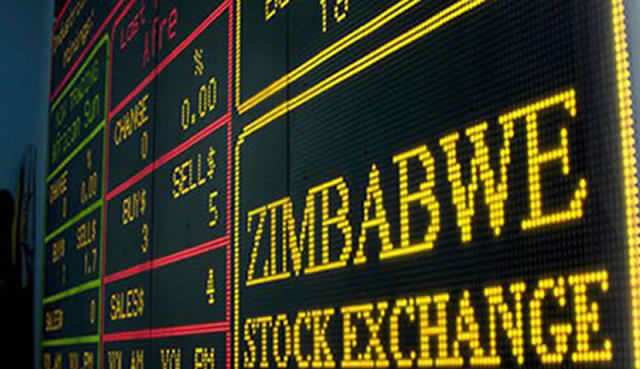 ZSE pushes for another equities tax cut to boost selloffs
ZSE pushes for another equities tax cut to boost selloffs  2030: Zimbabwe will be using domestic currency
2030: Zimbabwe will be using domestic currency  Zimbabwe labs struggle with a surge in mineral samples
Zimbabwe labs struggle with a surge in mineral samples  Young Investment Professional (YIP) Graduate Programme 2019
Young Investment Professional (YIP) Graduate Programme 2019 
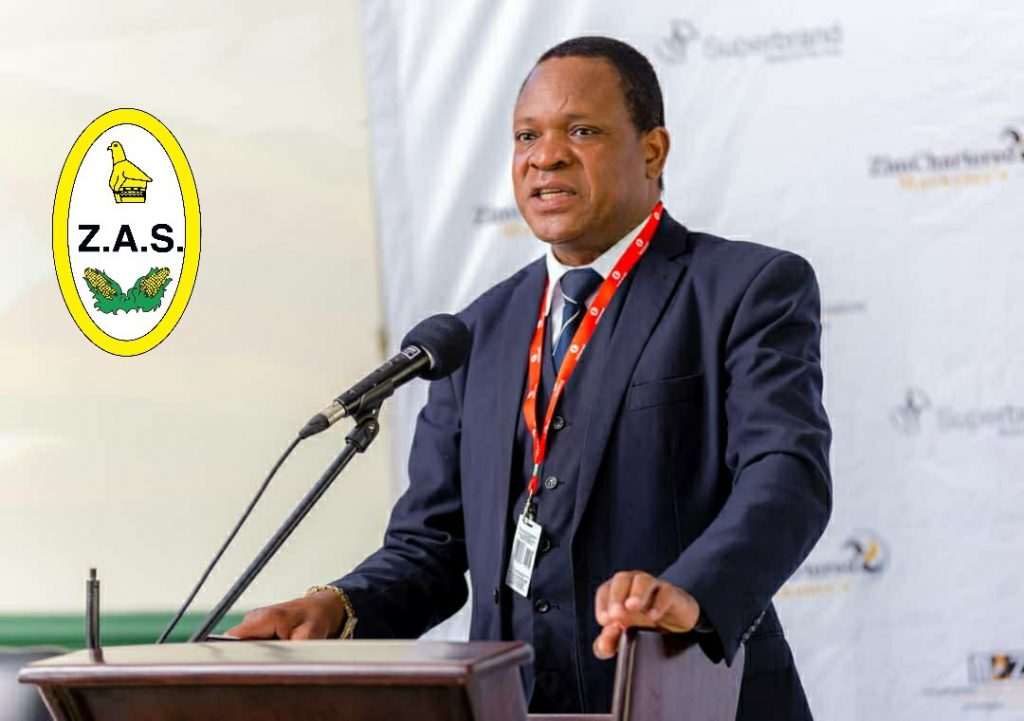
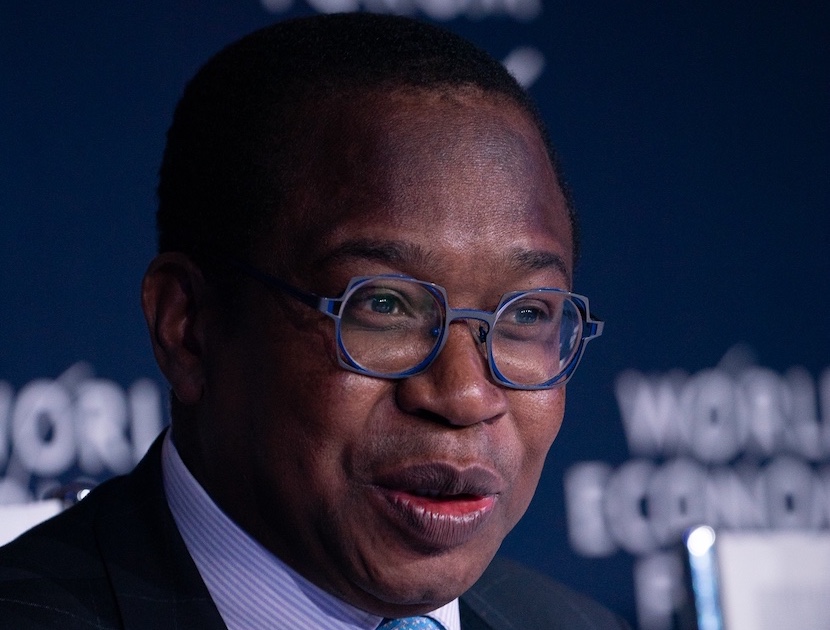
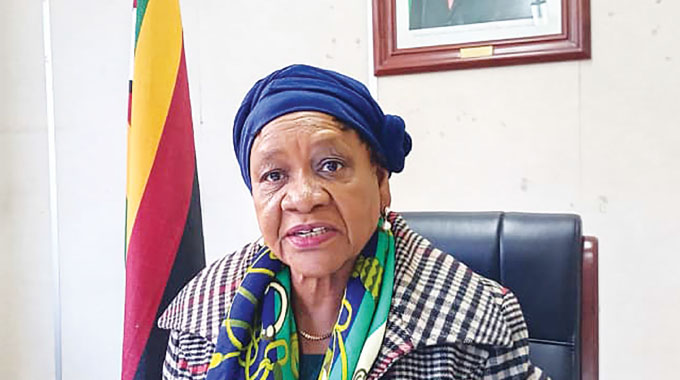


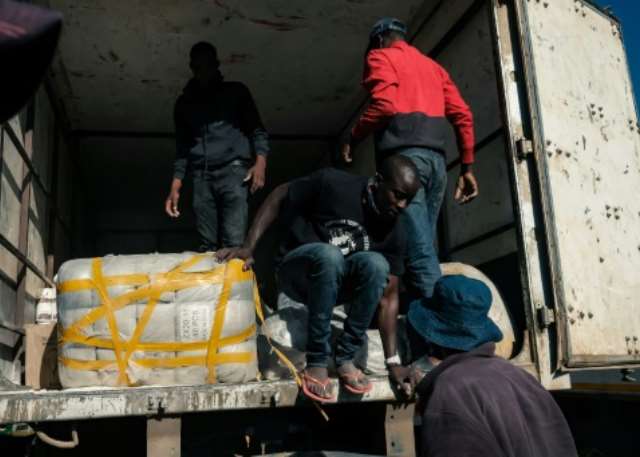
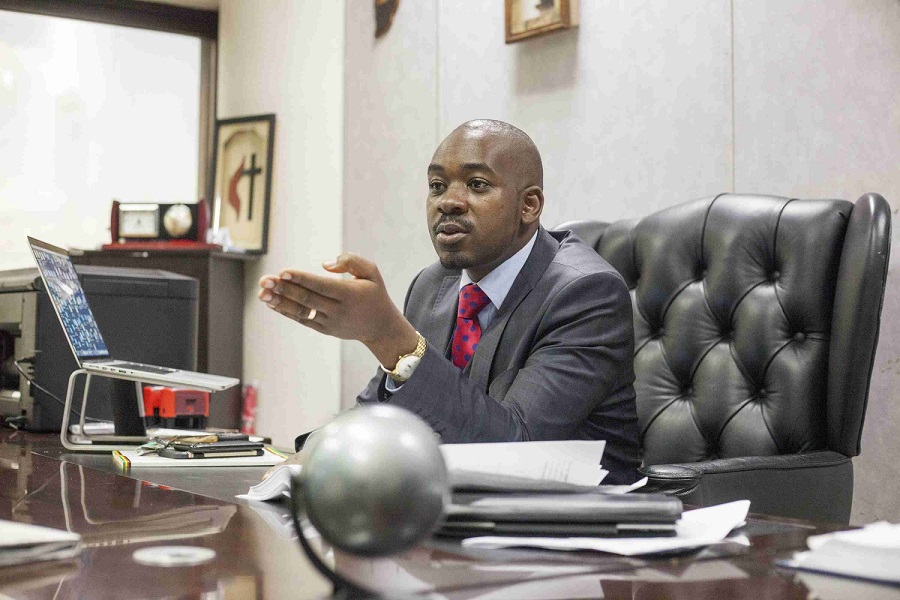
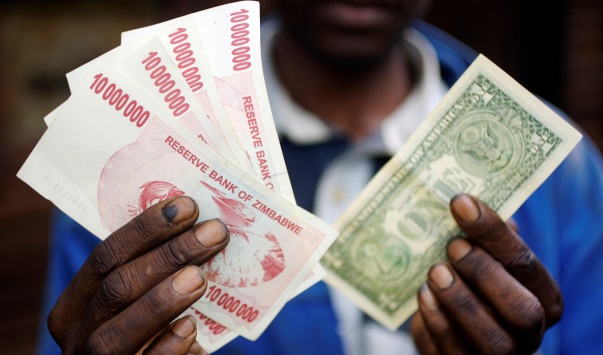
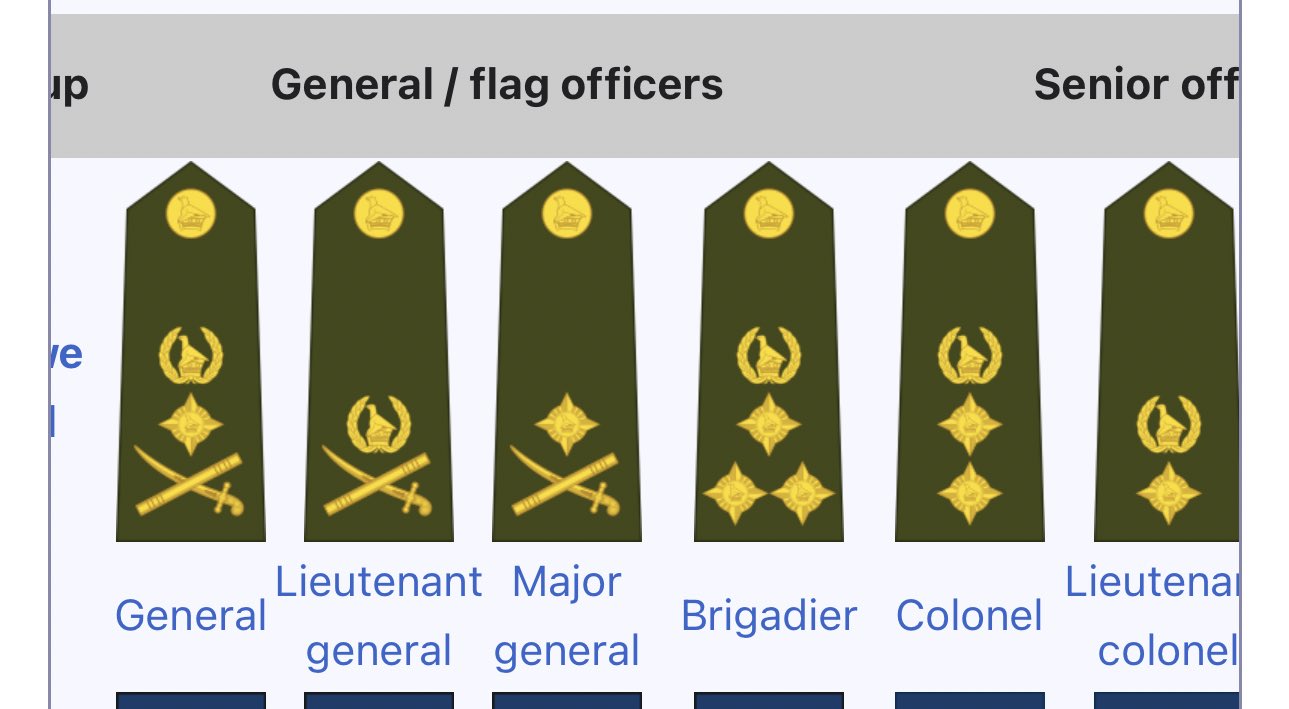

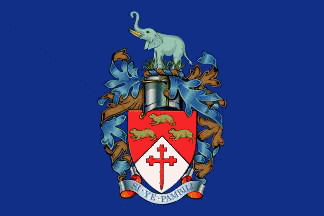
 Young Investment Professional (YIP) Graduate Programme 2019
Young Investment Professional (YIP) Graduate Programme 2019
Editor's Pick